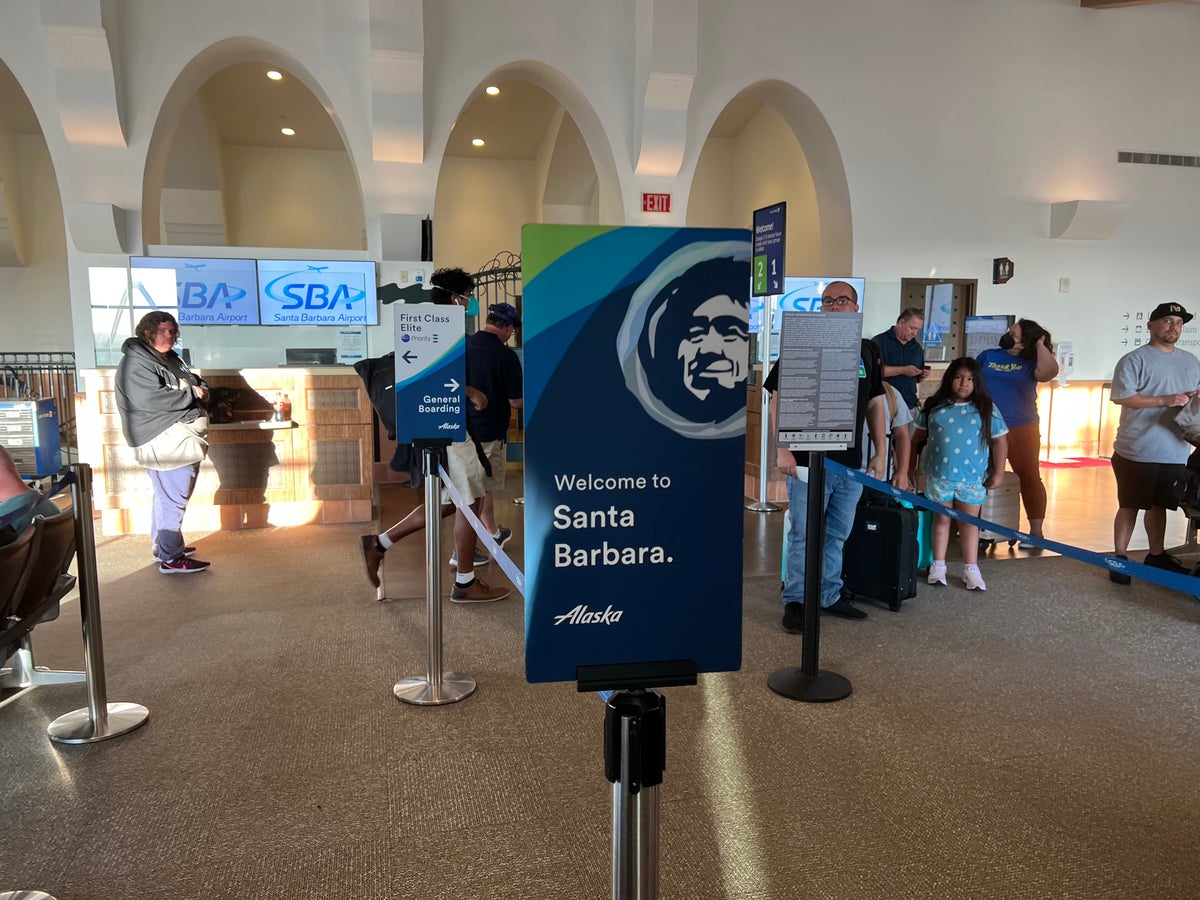James Larounis
James Larounis
Senior Content Contributor
614 Published Articles
Countries Visited: 30U.S. States Visited: 35
James (Jamie) started The Forward Cabin blog to educate readers about points, miles, and loyalty programs. He’s spoken at Princeton University and The New York Times Travel Show and has been quoted in...
Edited by: Michael Y. Park
Michael Y. Park
Senior Editor and Content Contributor
58 Published Articles 1444 Edited Articles
Countries Visited: 60+U.S. States Visited: 50
Michael Y. Park is a journalist living in New York City. He’s traveled through Afghanistan disguised as a Hazara Shi’ite, slept with polar bears on the Canadian tundra, picnicked with the king and que...
& Keri Stooksbury
Keri Stooksbury
Editor-in-Chief
107 Published Articles 3821 Edited Articles
Countries Visited: 54U.S. States Visited: 28
Editing with Upgraded Points for over 6 years, as editor-in-chief, Keri manages the editorial calendar and oversees the efforts of the editing team and over 20 content contributors, reviewing thousand...

